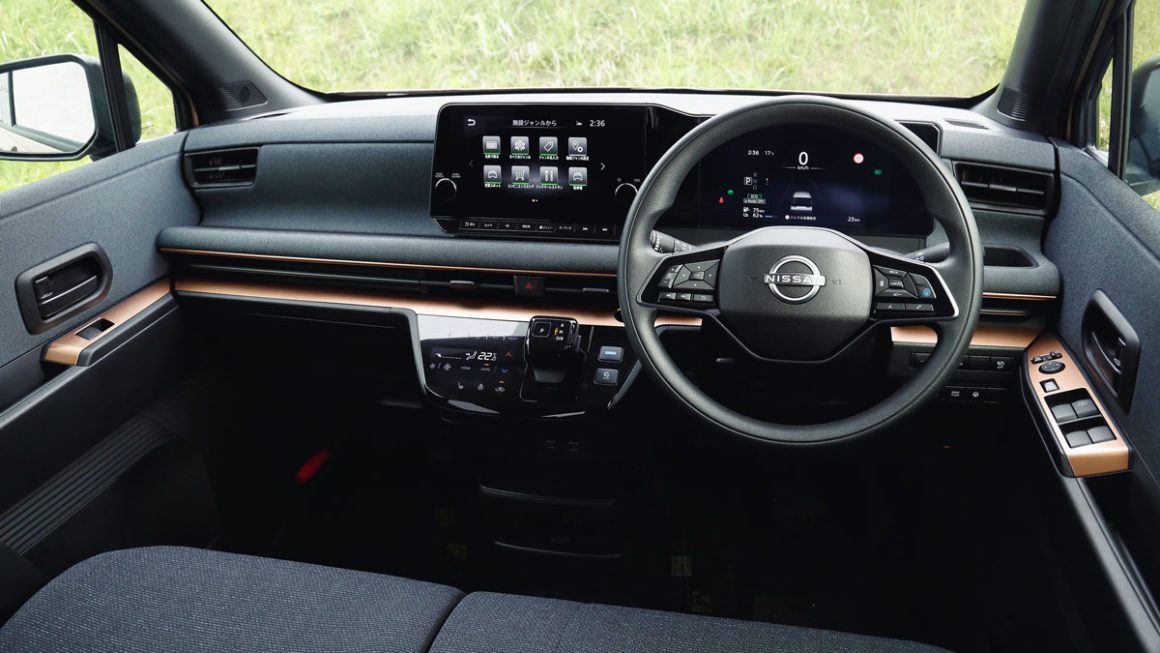Japanese automakers Nissan and Mitsubishi have unveiled their first jointly developed mini electric vehicles, the Nissan Sakura and the Mitsubishi eK, both of which are built on the Kei EV platform.
Nissan and Mitsubishi announced in the middle of last year that they were jointly developing a new electric “minivehicle” that would make its first appearance this year.
Based on the Kei-EV architecture which was designed by the Renault-Nissan-Mitsubishi Alliance to underpin ultra-compact EVs, both vehicles were unveiled late last week at the same time.
Nissan’s Kei-EV is the Sakura, named for the iconic Japanese cherry blossom, which will go on sale with a base price of ¥2,333,100, which converts to around $A26,000, a more affordable price that Nissan hopes will provide greater consumer choice in the EV market.

“The all-new Sakura follows the LEAF and Ariya as a mass-market EV,” said Asako Hoshino, Nissan’s executive vice president. “We believe it will be a gamechanger for the Japanese market and will make EVs much more accessible to customers in Japan.”
The Sakura boasts a nimble 4.8-metre turning radius as well as a range of up to 180-kilometres (WLTC) with a 47kW motor producing 195Nm of torque.
Despite its classification as a minivehicle, Nissan still claims the Sakura has a spacious interior, making it a perfect choice for city-driving and daily errands.
An automated parking system adds further value to this claim, as do the three drive modes – Eco, Standard, and Sport – which will provide optimal performance depending on the situation.
A state-of-the-art lithium-ion battery that has a proven track record of performance and reliability in the Nissan Leaf makes its appearance in the Sakura, utilising a special stacking method of its cell to minimise the battery’s impact on the vehicle’s interior.

V2X technology also allows the Sakura to provide a mobile power source during emergencies, delivering a day’s worth of electricity to a home.
Nissan also announced that its Sakura will be available for test drives in the “metaverse” at the Nissan Sakura Driving Island, marking an expansion of the company’s presence on the social VR platform VRChat.
Meanwhile, Mitsubishi’s sibling eK X EV (pronounced eK cross EV), based on the same Kei-EV platform, is similarly priced at between ¥2,398,000 to ¥2,932,600, or between $A26,500 and $A32,000, converted.
Unsurprisingly, the eK boasts many of the same numbers as the Nissan Sakura, with a driving range of 180-kilometres (WLTC) and a battery that can be used as both a vehicle-to-load or vehicle-to-house, providing charging for everything from a kettle if you’re looking for a cuppa mid-drive, or your house during a power outage.
Available in two trim levels, the fully equipped eK G comes with a 7-inch colour LCD meter and innovative pedal operation mode, while the high-end P is equipped with additional features including SOS Emergency Assistance and a 9-inch Smartphone-link navigation system as standard.
Sales of both the Sakura and eK are expected to begin in the Northern Summer.
Joshua S. Hill is a Melbourne-based journalist who has been writing about climate change, clean technology, and electric vehicles for over 15 years. He has been reporting on electric vehicles and clean technologies for Renew Economy and The Driven since 2012. His preferred mode of transport is his feet.

